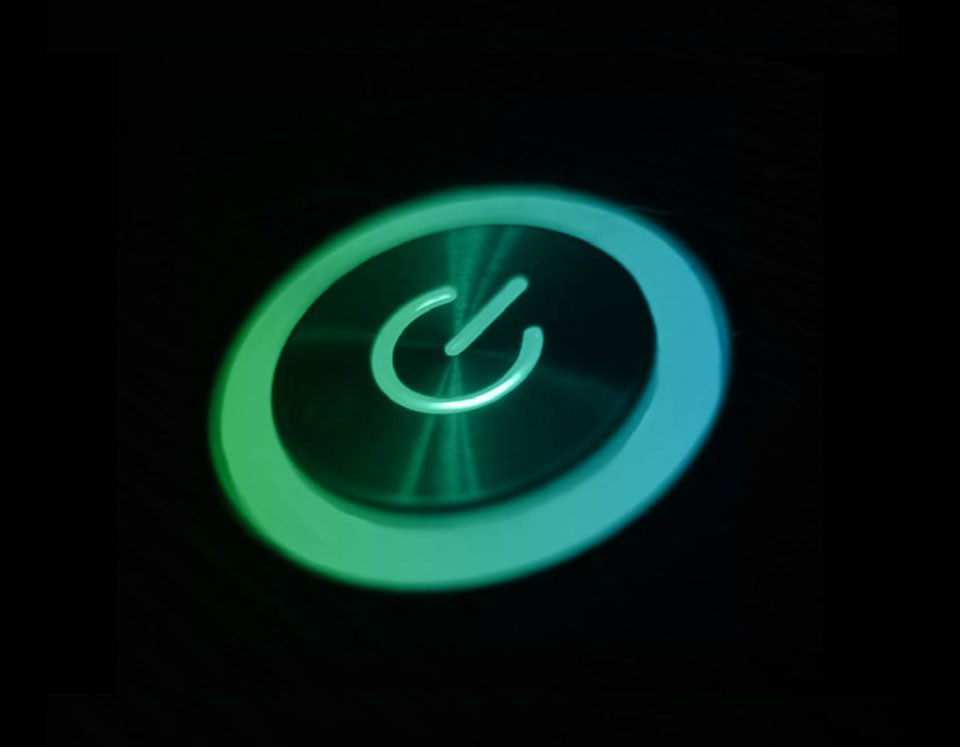Ultra-Low Power, Nw Level Bandgap Voltage Reference (Bgref)


With advances in the Internet of Things (IoT) applications and the expansion of mobile devices, energy consumption has become a primary focus of attention in integrated circuit design. These mobile battery-operated devices need to operate for extended periods without recharging and therefore requiring ultra-low energy consumption. Many IoT devices require operation in a wide range of frequencies that are dynamically defined by the application. Low voltage operation in the “near-threshold” region has been shown to be the ideal way to dramatically reduce energy dissipation, still achieving reasonable performance. However, an aggressive scaling of supply voltage results in performance degradation and a much higher sensitivity to process variations and temperature fluctuations.
In addition to the reduction in supply voltage, many of the circuits are duty-cycled and turned off during sleep states to save power.
Some circuits are required to be “always-on” and as such their low power capability is crucial. The Bandgap reference is such a circuit.

We present a novel BGREF circuit which can operate as low as 2nW. This power is several orders of magnitude lower than the prior-art. It is also much smaller than most bandgap references, with an area of roughly 6000 um2. It also has a fast-wakeup mode, where it can operate at high power during wakeup, and then resume lower power operation.

Our innovative BGREF circuit
- nW level power.
- Can be configured to rise quickly (< 100us) at higher power and then ca be placed in a low power mode (down to 2nW) for power savings.
- Can be commercialized as an IP block.
- Can be commercialized in low-power IOT systems and offers the customer substantial advantages in power and cost.

Policies and investments in energy efficiency have expanded. The IEA estimates that global investment in energy efficiency was USD 221 billion in 2015, demonstrating an increase of 6% from 2014. Investment in efficiency was two-thirds greater than investment in conventional power generation in 2015. Energy efficiency services are now a sizeable, distinct market sector. In 2015 this market had a total turnover of USD 24 billion.

- Energy efficiency services (ESCOs) market
- Semiconductor market
- Environmental services market
- Renewable energy industry
- Pollution control market
- Electricity generation market


- Prof. Shor is presently an Associate Professor of Electrical Engineering at Bar Ilan University and is a Senior Member of the IEEE.
- Prof. Shor has published more than 60 papers in refereed Journals and Conference Proceedings in the areas of Analog Circuit Design and Device Physics.
- Prof. Joseph Shor holds > 40 issued patents and several pending patents.
- Prof. Shor was at Intel Corporation, as a Principal Engineer, and head of the Analog Team at Intel Yakum.

We plan to investigate applications for this ultra-low-power reference generator. This includes DC2DC generators as well as sensors.

We are looking for investors that are willing to support the research and commercialize this novel invention.


Recent Comments